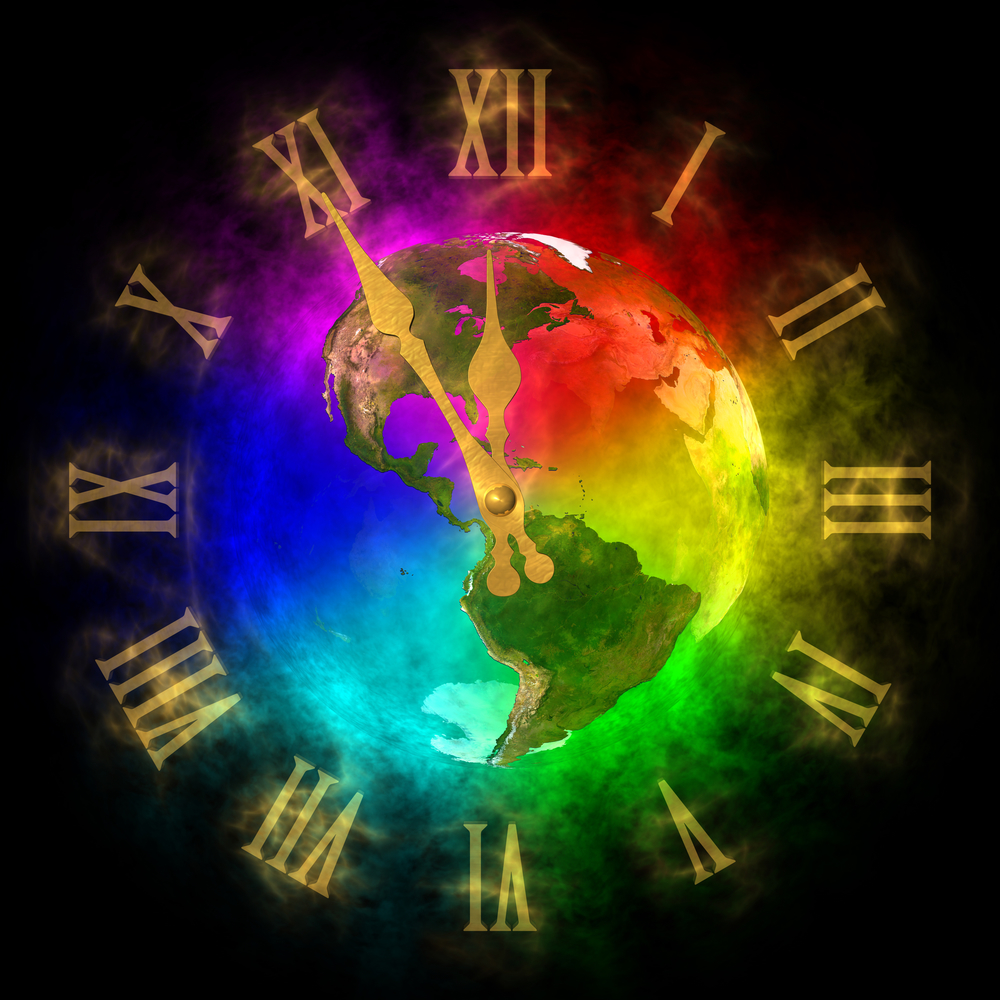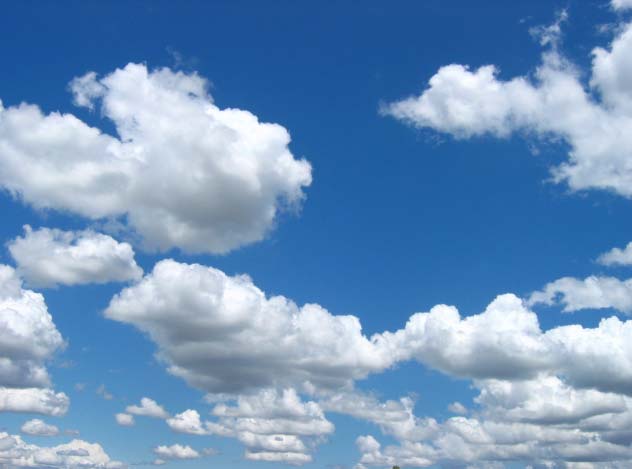Geography of Time

I recently read a fascinating book called “The Geography of Time.” We’re so used to equating geographical locations with space that we overlook the possibility that time is also geographical.
In Classical Feng Shui, both space (the magnetic direction a structure faces) and time (the year the building was built) are used to determine the energetic blueprint of a structure. Both space-time and time-space, the visible and invisible aspects are brought together to determine the energetic dynamics of a structure, city or country. Each is considered a living organism with its own personality.
In this book by Robert Levine, he explores the ways different cultures perceive time and how that perception correlates to a variety of different facets of the society. He discovered that cultures perceive time either through events or through clocks. Those cultures that went by event time tended to have a slower tempo of life and lived near or below the equator to the South. They also lived more in present time that cultures to the north.
Levine’s researchers measured the signature tempo of 31 different sized cities in 20 different countries They timed how long it took people to walk 60 feet and how long it took postal clerks to sell a stamp and make change. They also recorded clock accuracy in each of the cities. They then took their research and compared the numbers to a wide variety of statistical measurements to learn what effect the tempo of a place has on the lives of the people who live there. This was a ten-year study and the results were fascinating!
The 10 countries with the overall fasted pace of life were Switzerland, Ireland, Germany, Japan. Italy. England, Sweden, Austria, The Netherlands, and Hong Kong. The 10 countries with the slowest pace of life were Mexico, Indonesia, Brazil, El Salvador, Syria, Jordan, Romania, Bulgaria, China, and Kenya. The United States came in right the middle between the two categories. Eight of the ten fastest countries were from Western Europe with Japan and Hong Kong being the only intruders! The amazing thing is that if he went back to measure a city, he would get the same tempo.
Cities of one country also differed greatly. Even though most of the people spoke the same language, there were significant differences in the pace of life. To study the United States, Levine divided it into four areas – Northeast, Midwest, South and West.
In each of these areas, he chose three large metropolitan cities., three medium size cities and three smaller cities. The United States was measured differently and more extensively that the other countries.
In the United States, he measured the pace of walking, the time it took clerks to give change, the number of people wearing wristwatches, and the talking speed. Utilizing these measurements, he found the five cities with the fastest pace of life to be Boston, Buffalo, New York City, Salt Lake City and Columbus, Ohio. The five slowest cities were Los Angeles, Sacramento, Shreveport, LA, San Jose and Memphis.
The Northeast was the speediest. They generally walked faster, gave change faster and wore more wristwatches. California cities had the slowest pace of all which was due mostly to slow walkers and bank tellers. Los Angeles’s score was based on the overall pace of life. They did, however, come in 13th in the number of people wearing wristwatches – definitely a fashion statement!
The book also measured other parameters of life in the United States. Two, I found really interesting, measured people’s charitable contributions (through United Way) and their willingness to help a stranger in need. What is amazing is that the 11 California cities (who measured the slowest in the pace of life measurements) were the “least” generous and helpful to others.
This book really highlights how much we are affected by the invisible energies that shape our life experiences. Every location on Earth has an unique geography of time – a tempo that is reflected in those who live there and it can actually be measured! Where you lived does make a difference in your life. Think about when you have moved to a different location. The ancient Feng Shui Masters knew what they were talking about!”
Read More...Brain Wave States

Frances Nixon, a Canadian researcher in magnetic phenomena, made many astounding, scientific discoveries during her years of research. Most of her discoveries were regularly shared, tested, and validated by William Tiller and other leading physicists and scientists at Stanford University, yet these revolutionary findings still have received little public recognition.
To carry out her research, she founded the Vivaxis Energies Research International Society (VERIS) in the 1970’s that thrived with many chapters in Canada, California and Australia until its dissolution in 2001. During that thirty-year period, thousands of students came to study with her. Many people with debilitating illnesses, who had been abandoned by orthodox medicine, came to her classes and were completely cured by reconnecting to their Vivaxis.
Her most profound discovery was that all life has a unique, magnetic two-way energy flow to the geophysical spot on earth where it is born. At this spot, a spherical wave field of revolving magnetic energy is permanently created at birth, even after the originating source is removed. (This means one stays connected to this energy sphere for life, no matter where one moves on Earth). She named this energetic sphere “Vivaxis.” Viva is Latin for life and axis is a central line about which a body rotates.1
The radiation energies of the Earth form a massive network of energy waves traveling in both horizontal and vertical directions. When a fetus is subjected to these energy waves or currents, it pulls the horizontal and vertical energies into a common axis or point. The fetus then becomes magnetized to that exact geophysical point and a permanent magnetic pattern or alignment is introduced into the atomic structure of the bones as they solidify. It is thought that the baby’s vivaxis is generally created about the time of the mother’s first labor pains and is approximately the size of the fetus just prior to birth. This same dynamic is replayed throughout all creation.2
Read More...Clouds are Not Messy

Li, which means fire in Chinese, also means, “how patterns in nature form random shapes, yet seem ordered in a way that we can never define.” When welook up at the sky, we don’t think, “ Oh, the clouds are so messy today,” or “The forest is so tangled and cluttered this year!“ We look at nature and think it’s perfect.
It lifts our spirits with its non-structured beauty.
The tao (order of the universe) has a certain kind of order that is neither symmetrical nor geometrical. We all recognize Li – the clouds have Li, stones have Li and the human body has Li. The interesting thing is that although we all know what it is, there is no way of objectively defining it. It is a patterning based on the order of “flow.” It is the ever present flow that is always moving through nature and creating random ordered shapes and events that seem beyond definition. Li is the sister science to Feng Shui. (more…)
Read More...



